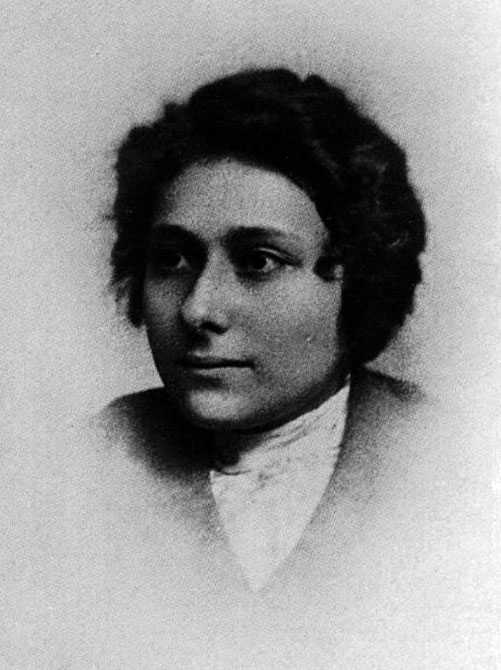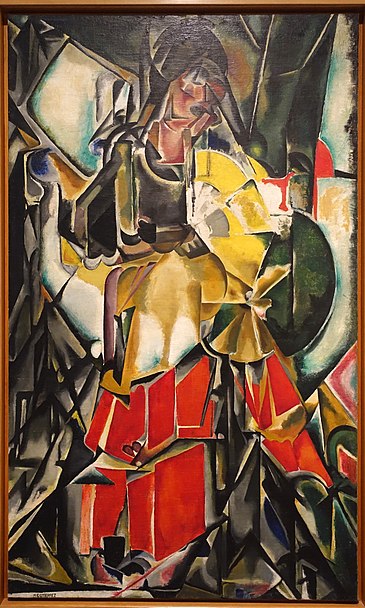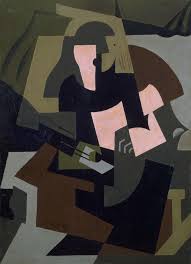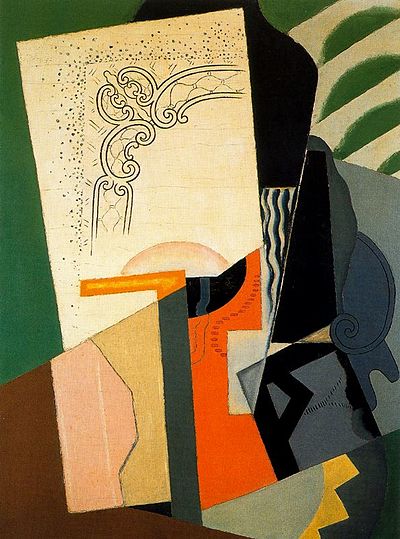
1881 - 1932
María Gutierrez Cueto y Blanchard

description
An outstanding Spanish artist who worked in France for a long time and became a representative of the Paris school of painting. In contrast to her more famous Cubist compatriots Pablo Picasso and Juan Gris, Maria Gutierrez Blanchard, during her lifetime, mostly influenced the artistic renewal of Spanish fine art in the early twentieth century, as she worked at home, participated in national shows and worked as a teacher. The artist is considered a key figure of the Spanish avant-garde; her paintings are a valuable part of the collections of national museums and expositions in Europe.
Key ideas:
– At the first stage of her creative career, Maria Blanchard focused on portrait painting, gradually moving away from classical techniques and academic solid drawing to greater coloristic richness, greater freedom of form, as well as not too obtrusive, but bright expressiveness.
– The art of Blanchard was finally freed from the traditional atavism when she started using methods of Cubism. She passionately entered the art movement and worked a lot; many art experts of those and our times rightly believed that her technique and style understanding are higher than those of Albert Gleizes, Louis Marcoussis, Jean Metzinger and Fernand Leger.
– In Cubist works of Blanchard, a clear technological revolution can be traced. From the first cubism, in which she created fairly simple works, with easily identifiable figurative elements, the artist quickly moved on to more complex synthetic cubism. Experts point out that her style was undoubtedly influenced by Juan Gris, whose aesthetic postulates Maria shared. In her initial cubist canvases, she manipulated simple geometric figures superimposed on each other by planes, in her later compositions, she reduced the subject to important elements expressed in plans open from different points of view.
– Maria worked like if creating music compositions, or similarly to still-lifes of Pablo Picasso, Georges Braque and Juan Gris, where elements are represented objectively, often with the help of collage as their essential part. Nevertheless, Maria Blanchard is freer in the interpretation of the chosen theme than those artists.
– Paintings by Blanchard are characterized by the artistic parameters of Orphism in the use of colors. This also applies to several abstract trends expressed in the depicted objects. Therefore, by the definition of specialists, Maria Blanchard had “a very personal cubism”, which is distinguished by its formal rigor, its structure of construction, and the mastery of color characteristic of this artist.
1881
1903 - 1908
1909 - 1910
1913 - 1916
1916
1920 - 1928
1928 - 1930
1932
The artist was born
She studied at the Madrid Academy of Fine Arts

She went to study in Paris

Returned to Spain

Settled in Paris

The artist's painting “Communications” was a resounding success

The deep religious crisis

The artist died on April 5 from tuberculosis

María Gutierrez Cueto y Blanchard
On Artist
flow
Post-impressionism
Fauvism
friends
Diego Rivera
Jacques Lipschitz
Jean Dominic Anthony Metzenge
artists
Emilio Sala Frances
Fernando Alvarez de Sotomayor
Manuel Benedito
Ermenehildo Anglada Camaras
Kes van Dongen
Pablo Picasso
By Artist
flow
Constructivism
Futurism
Surrealism
friends
Juan Gris
Andre Lot
Roger de la Frenet
artists
Alice Jalica de Marcoussis
Marie Lawrence
